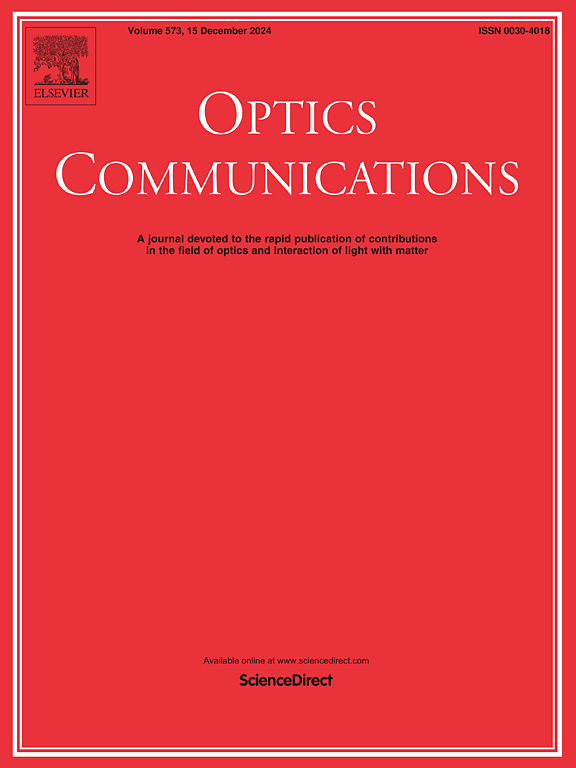Polarized light navigation in cloudy conditions using deep learning
IF 2.2
3区 物理与天体物理
Q2 OPTICS
引用次数: 0
Abstract
Polarized light navigation is a popular technique for practical navigation using polarized images of the sky. However, the interference with polarization information in cloudy weather can severely compromise the accuracy of polarization-based orientation. In order to solve this problem, a method based on the improved Unet deep learning model combined with threshold segmentation for cloud segmentation and restoration of the original sky image is proposed to achieve high-precision polarization navigation and orientation in a cloudy occlusion environment. The Dynamic Snake Convolution (DSC) which can dynamically adjust the convolution kernel, is employed in place of standard convolution in the Unet decoder. The Multi-scale Cross-axis Attention (MCA) is added in the skip connection part to strengthen the feature representation. The accuracy of the improved model can be increased to 91.94 %. The binary segmentation map predicted by the improved model is combined with the binary map of threshold segmentation to perform cloud restoration on the original sky image, and finally the restored sky image is used to solve the heading angle. Experimental results indicate that this approach effectively identifies occluded regions under cloud cover while also can improve the accuracy of the polarimetric navigation method. The root-mean-square error of the heading angle is reduced from 4.0437° to 0.8498° after de-clouding, and the navigation accuracy is improved by about 78.98 %.
求助全文
约1分钟内获得全文
求助全文
来源期刊

Optics Communications
物理-光学
CiteScore
5.10
自引率
8.30%
发文量
681
审稿时长
38 days
期刊介绍:
Optics Communications invites original and timely contributions containing new results in various fields of optics and photonics. The journal considers theoretical and experimental research in areas ranging from the fundamental properties of light to technological applications. Topics covered include classical and quantum optics, optical physics and light-matter interactions, lasers, imaging, guided-wave optics and optical information processing. Manuscripts should offer clear evidence of novelty and significance. Papers concentrating on mathematical and computational issues, with limited connection to optics, are not suitable for publication in the Journal. Similarly, small technical advances, or papers concerned only with engineering applications or issues of materials science fall outside the journal scope.
 求助内容:
求助内容: 应助结果提醒方式:
应助结果提醒方式:


